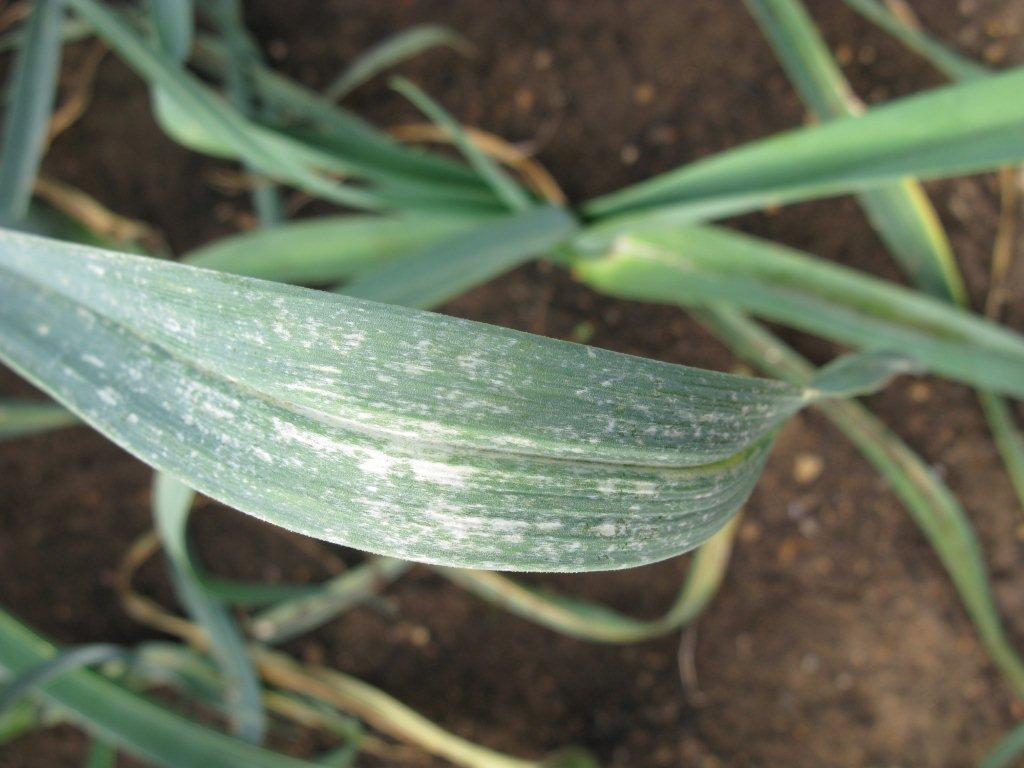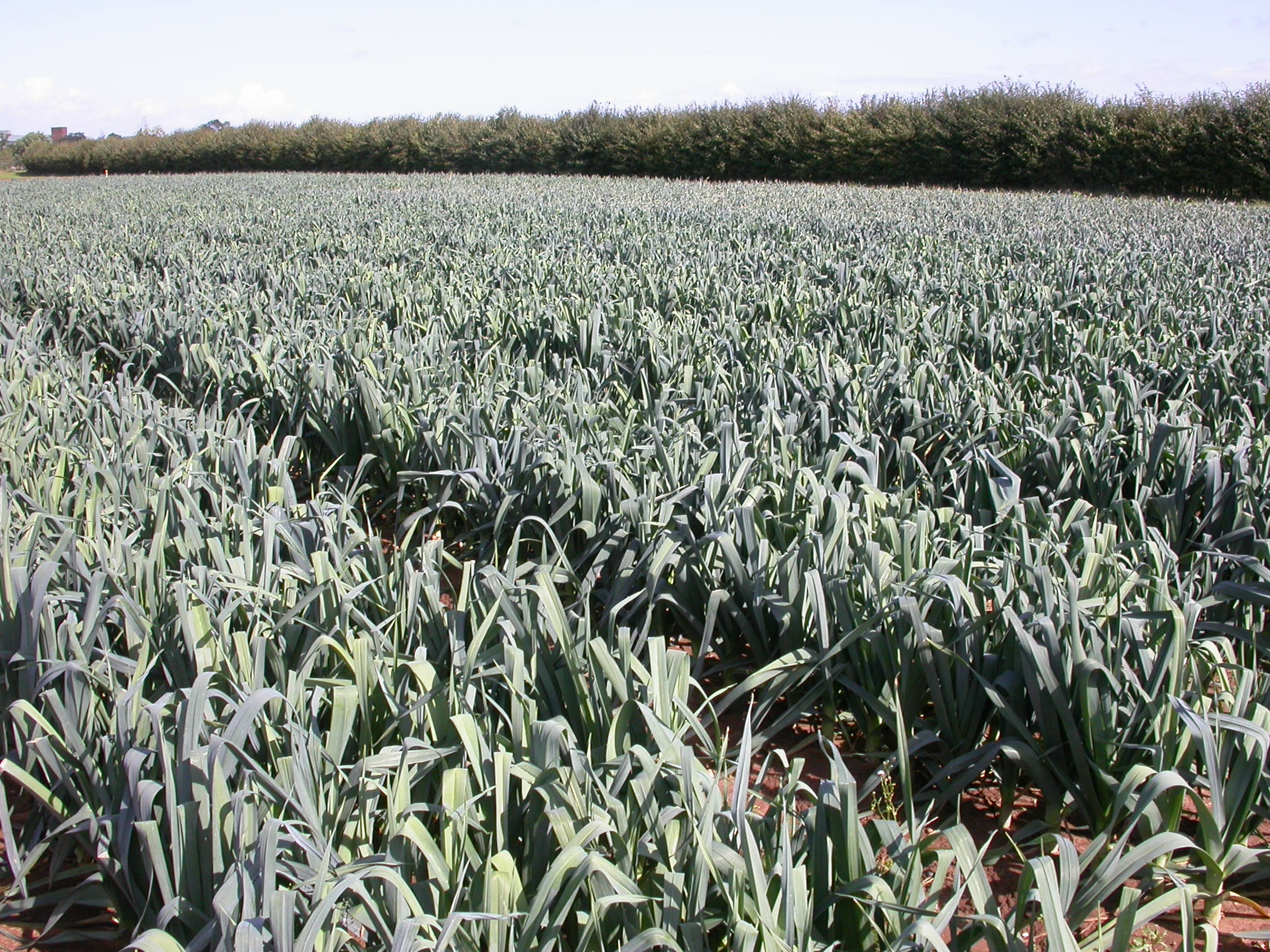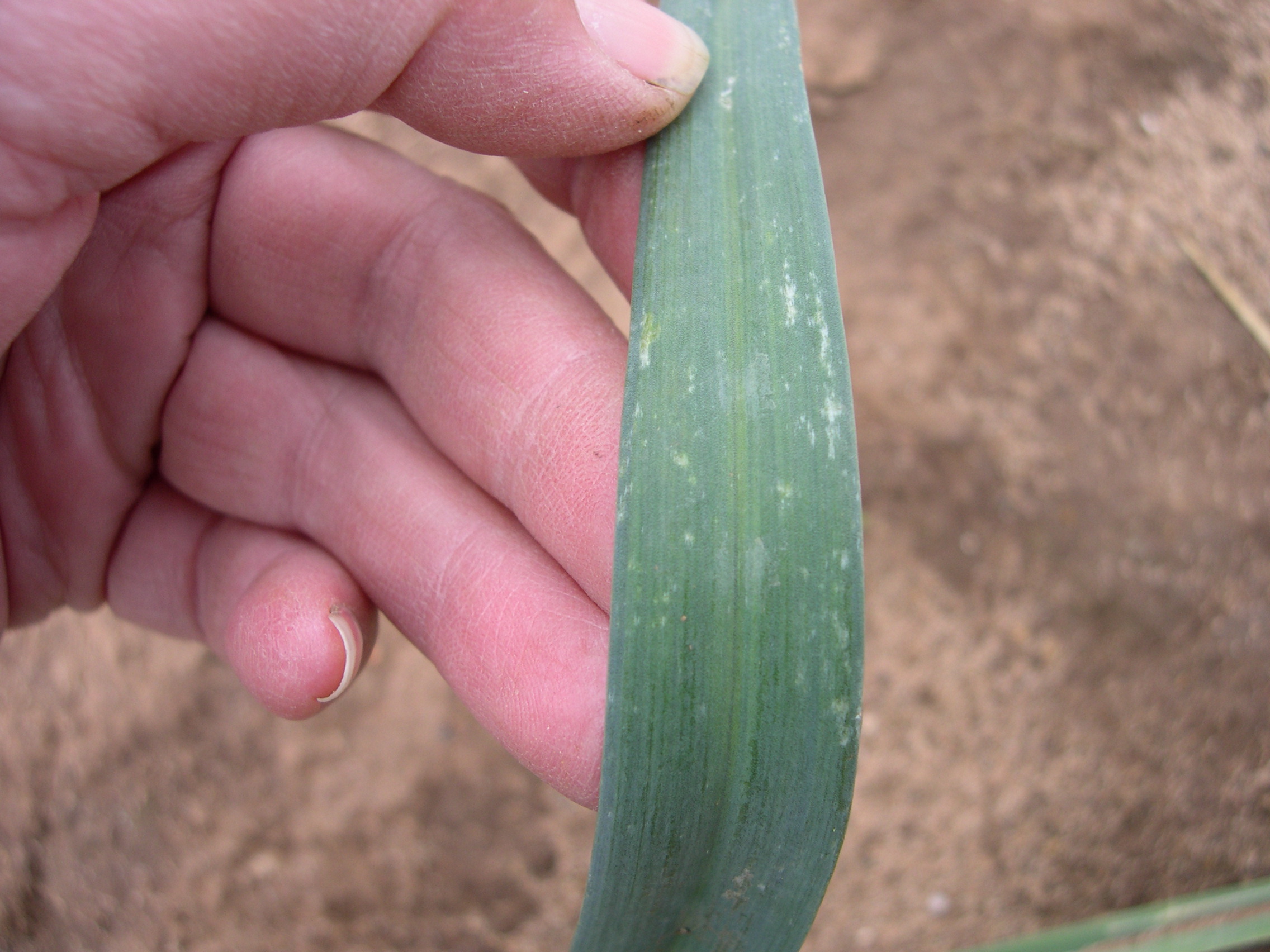Onion Thrips
Thrips control on outdoor allium crops
Onion thrips (Thrips tabaci) is the most important pest of the 2,000 ha of leek grown in the UK. Thrips may also attack other Allium crops, particularly salad onion. Large populations of thrips can develop, causing blemishes to the leaves, which reduce quality and may make the crop unmarketable. In 2003, approximately 83% of the area of Allium crops treated with insecticides/nematicides in the UK was treated for thrips and the pyrethroid insecticide, deltamethrin, was the main insecticide used. However, there is evidence that thrips cannot be controlled effectively with deltamethrin and insecticide resistance to pyrethroid insecticides in field populations of T. tabaci was confirmed by scientists at Rothamsted Research in 2006. The purpose of this project was to develop an IPM strategy, to include the use of the novel insecticides such as spinosad (Tracer) but supported where possible by non-insecticidal techniques. The objectives of the project were to:
-
Evaluate a day-degree forecast and ‘action’ threshold for timing spray applications.
-
Determine the efficacy and persistence of ‘new’ insecticides applied as foliar sprays and the impact of applying sprays in sugar solutions, with sugar products or other spray adjuvants.
-
Determine the efficacy and persistence of potential insecticide seed treatments, so that foliar spray treatments can be targeted subsequently.
-
Evaluate the use of entomopathogenic nematodes as part of an integrated programme.
-
Develop an integrated programme for thrips control on leek




